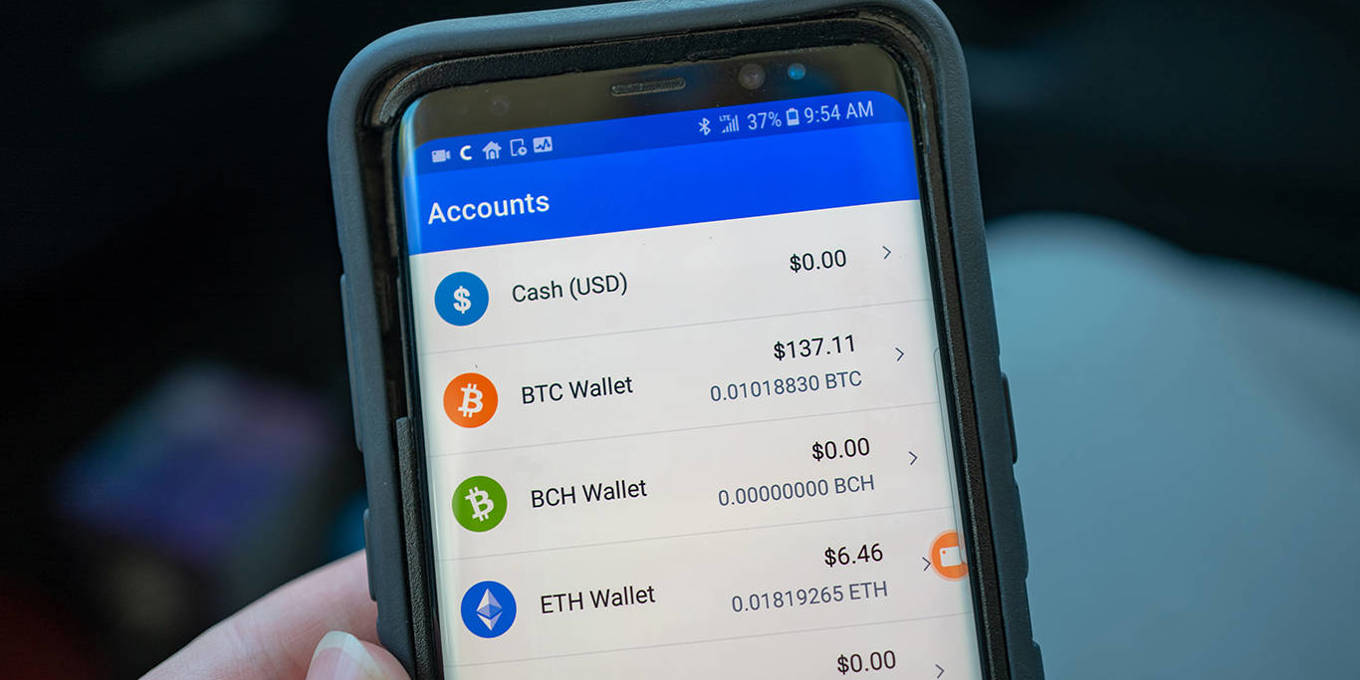The US Securities and Exchange Commission’s lawsuits against Binance and Coinbase, the world’s two largest cryptocurrency exchanges, demonstrate a fundamental misunderstanding of this new form of money. Enacting meaningful regulations requires a fundamental shift in perspective and the creation of a central bank digital currency.
NEW YORK – When the Venetian merchant Marco Polo traveled the Silk Road in the thirteenth century, he encountered not only unfamiliar peoples, but also new (to him) forms of finance. In China, he was shocked to learn that Kublai Khan had introduced paper money. It was lighter, easier to transfer and store, and more valuable than the metal coins packed in his purse. After returning to Venice, Marco Polo taught his fellow merchants how to use the Khan’s innovation. Even though some rejected the flat, foldable currency, arguing that it was no gold and never would be, paper money would change the world.
Like those stubborn thirteenth-century merchants, many today refuse to accept the newest form of money: cryptocurrency. The United States Securities and Exchange Commission (SEC) recently filed lawsuits against Binance and Coinbase, the world’s two largest cryptocurrency exchanges, accusing them of operating as unregistered securities exchanges. For years, Coinbase, a publicly traded company with a large US customer base, has been asking American regulators for reasonable rules, to no avail.
Instead, government agencies have been confused about how to define crypto, often providing conflicting views. For the SEC, crypto is an asset that behaves like a security, while for the Commodity Futures Trading Commission (CFTC), it is a commodity. The Internal Revenue Service (IRS), meanwhile, treats it as property. Like the fable of the blind men and the elephant, each sees only one aspect and believes it to be the whole. This apparent lack of understanding precludes effective regulation.
Let us be clear: cryptocurrency is not digital money. All metal and paper fiat currencies have been digitized for half a century – your bank account is a digital asset. Crypto, on the other hand, monetizes the exclusive right to send data by a new accounting technology called blockchain. When transferring an Avax or Ethereum to someone else, the right to transfer data is sent from one location to another, and this transaction is registered on the blockchain without the need for a bank or a state. Accountants, also called miners, carry out the bookkeeping in exchange for crypto.
Recognizing this radically new money and accounting is the first step in regulating crypto markets. But since the SEC, the CFTC, the IRS, and similar institutions in other countries are designed for paper currency and its digital versions, they have struggled to adjust to the realities of data-money economies. Without a profound shift in thinking about finance, no regulation will be fit for purpose.
Many policymakers also wrongly believe that crypto is a speculative vehicle. But that ignores the blockchain’s revolutionary innovation: it enables economic actors to make their own monies and transact with minimal cost. Thousands of cryptocurrencies are already being exchanged for goods, services, and other (crypto)currencies by governments, companies, and individuals in more than 45,000 markets, operated by 524 centralized exchange platforms.

Subscribe to PS Digital
Access every new PS commentary, our entire On Point suite of subscriber-exclusive content – including Longer Reads, Insider Interviews, Big Picture/Big Question, and Say More – and the full PS archive.
Regulators must understand four things about crypto. First, it is not an alternative to the dollar, the euro, or other fiat currencies. In fact, my research has shown that crypto contributes to dollarization. Second, cryptocurrency exchanges undermine blockchains by using their own centralized bookkeeping: more than 90% of Bitcoin traded in 2021 was kept as custodial assets in exchanges. That means, if markets go bust, customers lose their money. Third, many decentralized blockchains are based on centralized economic services, such as commodity trade accounting; crypto is an innovation that creates order, not chaos. Lastly, various forms of fiscal logic are already embedded in crypto economies, making them more suited to regulation than many people expect.
As for how to regulate the industry, a central bank digital currency (CBDC) is crucial, because it would provide governments with a financial instrument whose transaction speed matches that of cryptocurrencies. Currently, stablecoins are beyond the reach of central banks, imitating fiat currencies like the dollar without bearing the political and economic costs of fiat maintenance. Moreover, it would be easier to regulate exchanges by following a cryptocurrency’s value once it could be expressed and transacted with reference to a CBDC.
Above all else, regulators must ensure a level playing field. That means preventing exchange platforms from issuing their own data monies or tradable crypto assets; otherwise, they will be competing on their own platforms. Crypto exchanges should also be required to keep all custodial assets beyond the reach of their own traders or owners – a simple regulatory measure that would have protected customers’ investments following the collapse of FTX. Lastly, tax authorities could use a CBDC to locate more taxable events and also propose a new tax for crypto income, thus increasing revenues.
For now, policymakers continue to act like those obstinate Venetian merchants. The problem is not with crypto, but rather its regulation. It is time to accept that crypto is here to stay and put the right rules in place to govern it.
Credit: Source link















































